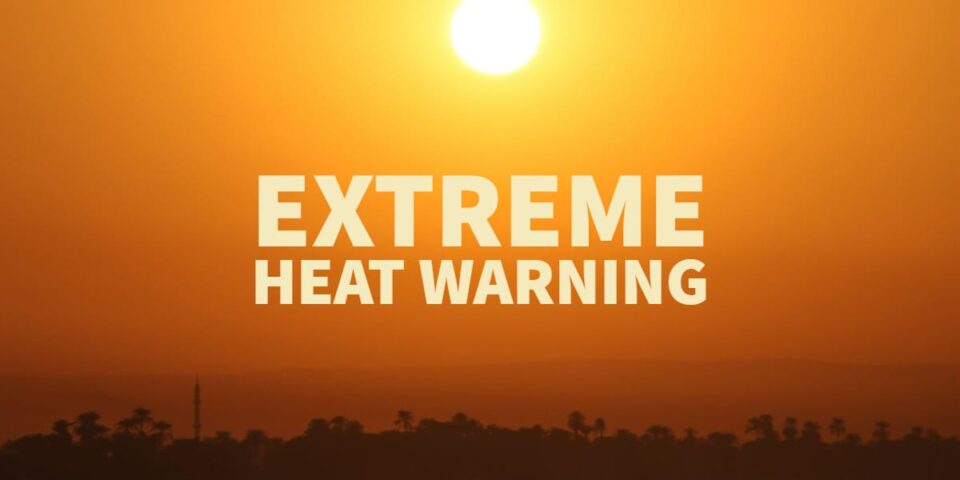* WHAT…Dangerously hot conditions with temperatures of 100 to 105 expected. Overnight temperatures will be slow to cool off each evening, only falling below 70 degrees for a short period each night, if at all. The warm nighttime temperatures will limit chances to recover from the heat, exacerbating the risk of heat-related illness in this prolonged heat wave.
* WHERE…Portions of northwest and west central Oregon and southwest Washington.
* WHEN…Until 10 PM PDT Tuesday.
* IMPACTS…Heat related illnesses increase significantly during extreme heat events.
* ADDITIONAL DETAILS…The most intense portion of this heat wave has not yet occurred. The hottest temperatures are expected Monday and Tuesday, with Monday night being the warmest night.
PRECAUTIONARY/PREPAREDNESS ACTIONS…
Drink plenty of fluids, stay in an air-conditioned room, stay out of the sunshine, and check up on relatives and neighbors.
Do not leave young children and pets in unattended vehicles. Car interiors will reach lethal temperatures in a matter of minutes.
Take extra precautions when outside. Wear lightweight and loose fitting clothing. Try to limit strenuous activities to early morning or evening. Take action when you see symptoms of heat exhaustion and heat stroke.
To reduce risk during outdoor work, the Occupational Safety and Health Administration recommends scheduling frequent rest breaks in shaded or air conditioned environments. Anyone overcome by heat should be moved to a cool and shaded location. Heat stroke is an emergency! Call 9 1 1.
For sheltering information and other human services, dial 2 1 1 during business hours or visit 211info.org in Oregon or wa211.org in Washington.









